Tobe
Editor's Column "Craft Production Regions" VOL.4 AD


VOL.1-4
Update
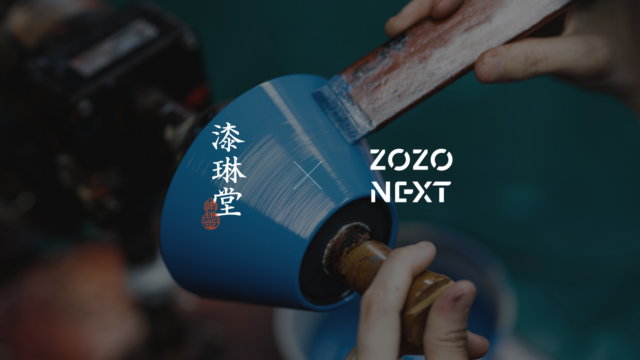
VOL.1-19
Update
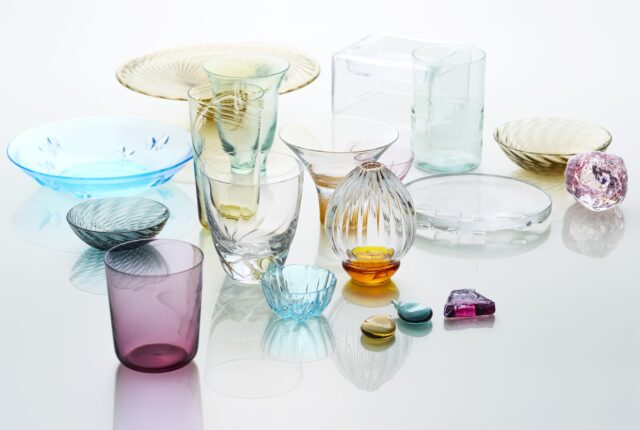
VOL.1-17
Update

VOL.1-43
Update
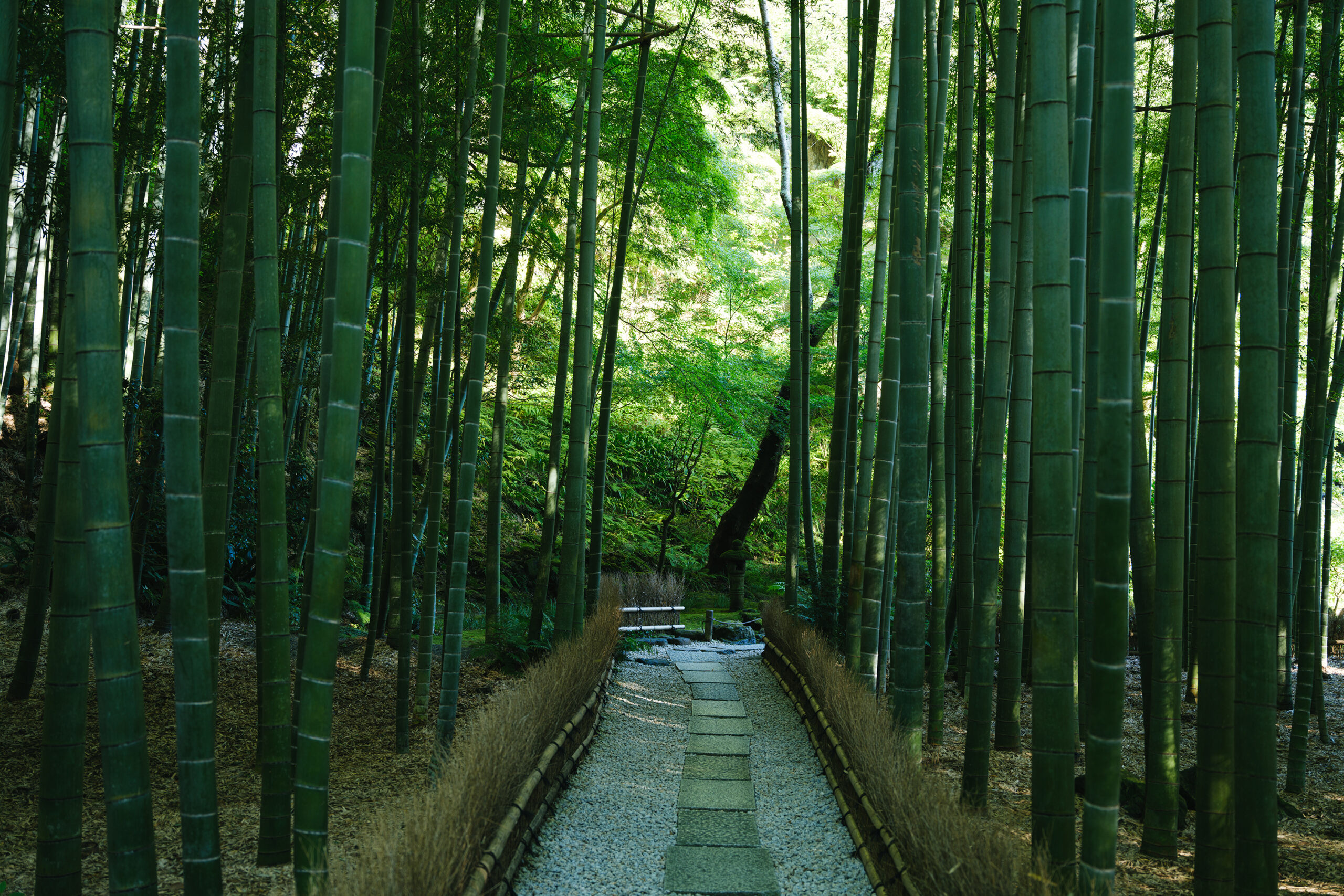
VOL.1-2
Update
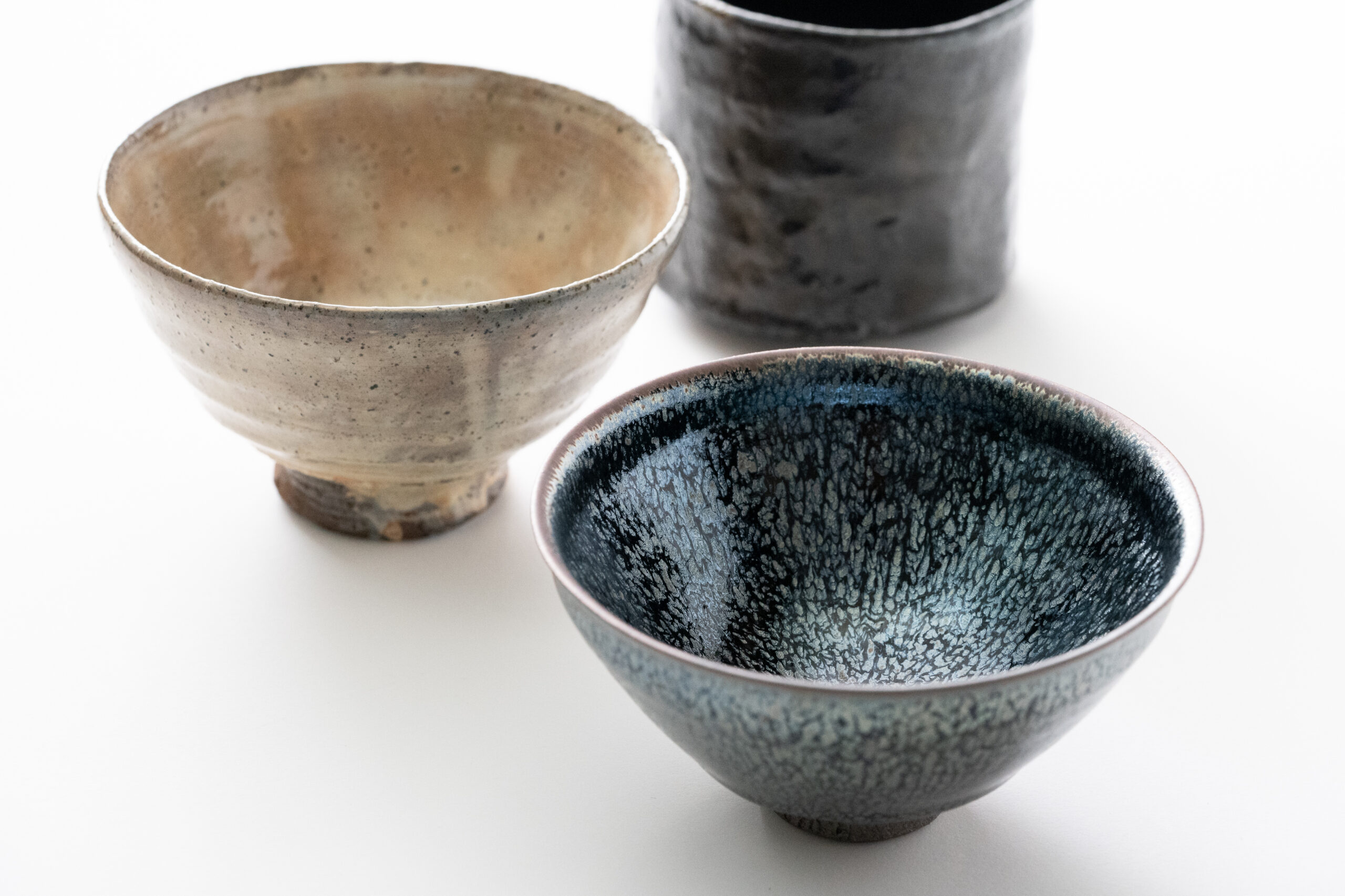
VOL.1-3
Update

VOL.1
Update
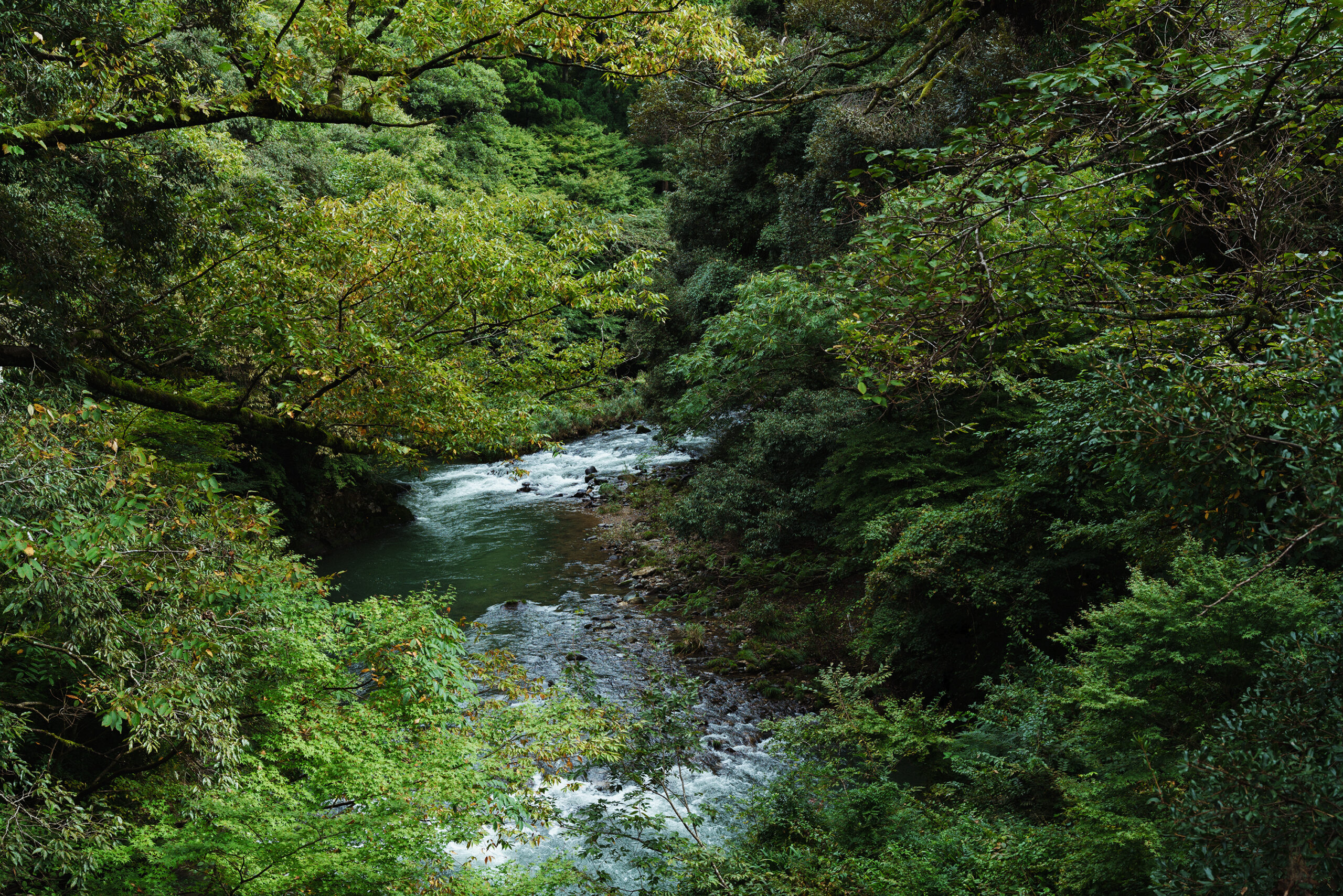
VOL.1-7
Update
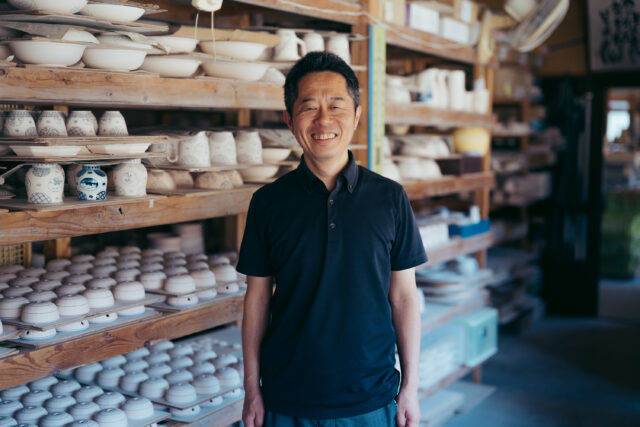
VOL.1-32
Update
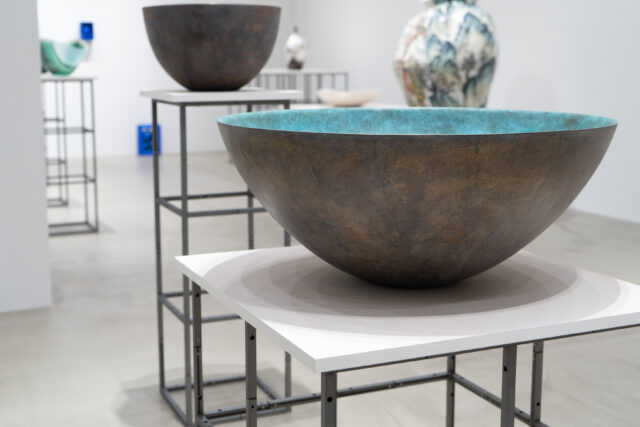
VOL.1-26
Update
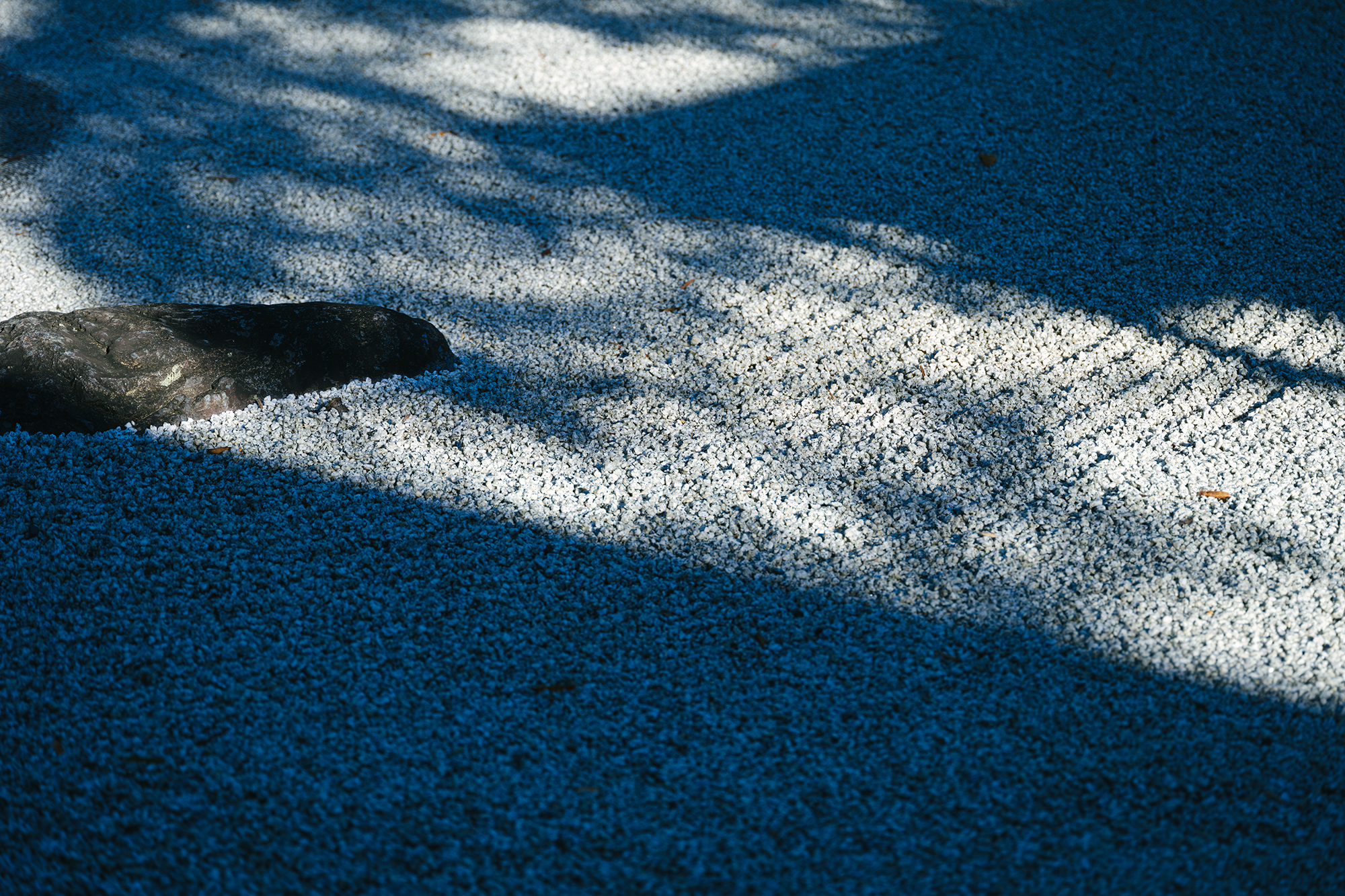
VOL.1-12
Update

VOL.1
Update
We share a variety of information and perspectives on Japanese crafts, including exhibition information and interviews.
Editor's Column "Craft Production Regions" VOL.4 AD
KOGEI Topics VOL.19
New Products VOL.17
Featured Exhibitions & Events VOL.43
Apr 5 – Jun 22, 2025
SEIKADO BUNKO ART MUSEUM
Apr 8 – May 6, 2025
The Gotoh Museum
Apr 11 – Jun 15, 2025
Kyoto City KYOCERA Museum of Art
Apr 12 – Jun 29, 2025
TOGURI MUSEUM OF ART

The soft, expansive shape sure looks exactly like bounteous fruit – the fragile yet powerful beauty of natural life.
This work, “Fruit,” composed of flowing curves, is formed using a casting technique known as ikomi and carefully carved to perfection. Although created with a mold, there is no uniformity in the shadows that fall on the matte white surface of the vessel, further accentuating the sense of three-dimensionality created by the light. The profundity of white porcelain can be seen in the organic expression of “Fruit” as it stands quietly amidst ever-changing time.
White porcelain was developed in China in the 6th century, and many masterpieces were produced during the Northern Song Dynasty. Its pure and innocent whiteness was widely admired. In the early modern period, it was also produced in Japan and Europe, and is still loved in many parts of the world today. I am convinced that the white porcelain works created by Nami Takahashi, who studied ceramic techniques in both Japan and Italy, will push the beauty of white porcelain itself, built up through history, to a new stage.